Not every hero needs a jet streaking overhead or a crowd roaring his name. Some heroes move through history with the quiet grace of a Virginia gentleman — calm, steady and devoted to duty. John R. Hilliard, with his unwavering dedication, is one of those men who inspire us with his lifelong commitment to responsibility, a dedication that is sure to inspire us all.
“May the boldest fear and the wisest tremble when incurring responsibilities on which may depend our country’s peace and prosperity, and in some degree the hopes and happiness of the whole human family,” once reflected Virginia born Zachary Taylor, a former 19th-century U.S. president. These words define the weight John Hilliard carried through much of the latter half of the 20th century. From his military service to his private-sector work, and as a U.S. Space Force Public Affairs media escort, Hilliard has shouldered responsibilities extending far beyond his community, shaping international peace and security in ways that still resonate.
If you passed him on the streets of Lexington, Virginia, or Cocoa Beach, Florida, you might miss him — a man with the upright posture of a military cadet, an easy chuckle, and a twinkle in his eye when talk turns to rockets. But behind that unassuming exterior is a life threaded through America’s space race, the Cold War and national security efforts that helped preserve global stability.
Roots that would not stay still
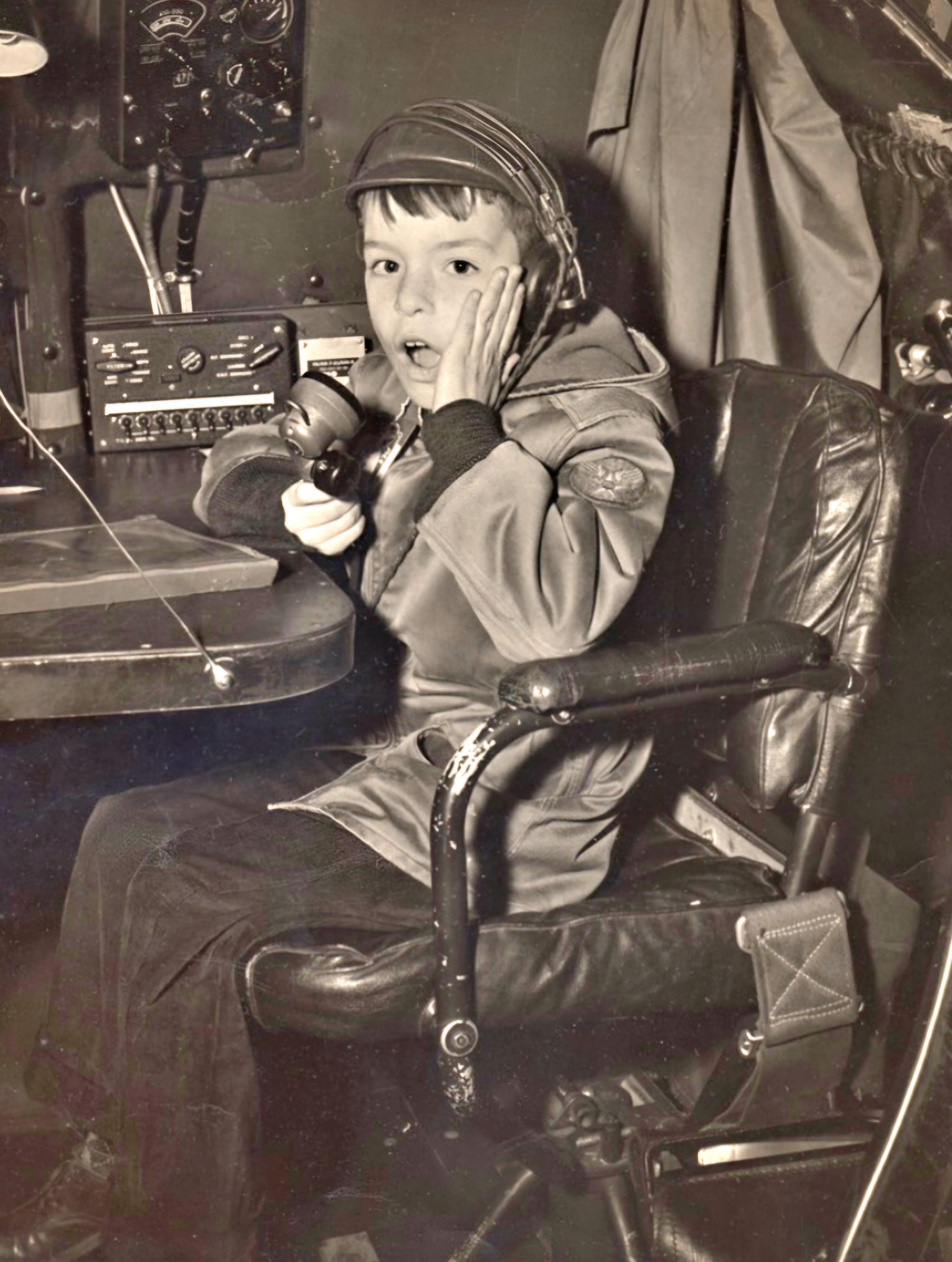
John R. Hilliard was born into an Air Force family in Morgantown, West Virginia, destined for a life in motion. By age 18, he had lived in 17 places, each move shaping his perspective. One journey was especially memorable: in 1946, young John became the first military dependent permitted to travel to Europe after World War II. His photo even made The New York Times — a clear indication of the historical significance of his early experiences.
But it was Florida, not Europe, where his imagination took flight. The family settled at Patrick Air Force Base, a short drive from Cape Canaveral. There, as a teenager, Hilliard fell under the spell of rockets. “When I heard a launch was coming, I’d hop in the car, drive down the beach as close as I could, and just watch,” he recalls a spark still in his voice. This wasn’t just fascination — it was the sound of possibility charting the course of his life.
A cadet chooses the hard road
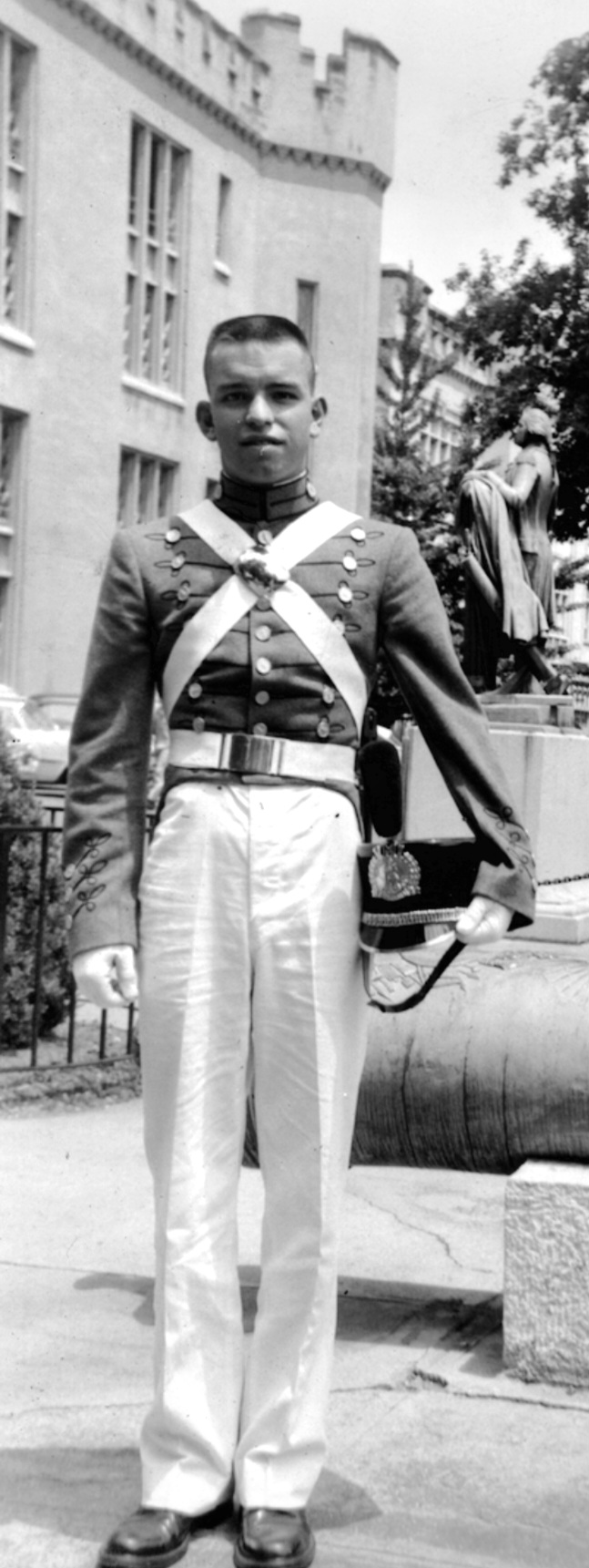
When the time came for college, Hilliard faced a significant decision. He could have chosen the path of prestige and convenience with an appointment to West Point. However, his compass pointed south to the Virginia Military Institute, a choice that reflected his preference for challenge and his commitment to honor and discipline.
“I never wanted easy,” Hilliard says simply.
At VMI, the brutal Rat Line forged character through early mornings, relentless discipline, and an honor code as rigid as steel. The Institute’s code — “A cadet will not lie, cheat, steal, or tolerate those who do” — became Hilliard’s lifelong moral compass.
Even amid the rigors of cadet life, his passion for rockets didn’t fade. He brought film reels of Cape Canaveral launches back to Lexington, earning the nickname “the missile man.” His senior thesis tackled the Cape’s cutting-edge AZUSA tracking system. Summers pulled him south again, working for RCA at the Cape, setting up cameras, and helping birth the Space Age.
“VMI forced me to study. It taught me how to use my time,” Hilliard reflects. “It set me on the path to do what I did in this world.”
Into the Cold War’s silent watch
Graduating in 1960 with a degree in electrical engineering, Hilliard was commissioned into the U.S. Air Force. His battlefield wasn’t a jungle or desert but the underground missile silos of Warren Air Force Base in Wyoming, where he commanded Atlas intercontinental ballistic missiles (ICBMs) armed with 4-megaton warheads.
“We were on 15-minute alert,” Hilliard says. “If we got the call, we were ready to launch within 15 minutes.”
It was a role requiring nerves of steel — and a security clearance few earned. In a missile silo, the hesitation was deadly. But for Hilliard, the VMI code provided clarity: Live by honor, make no excuses, hold the line.
The eye in the sky
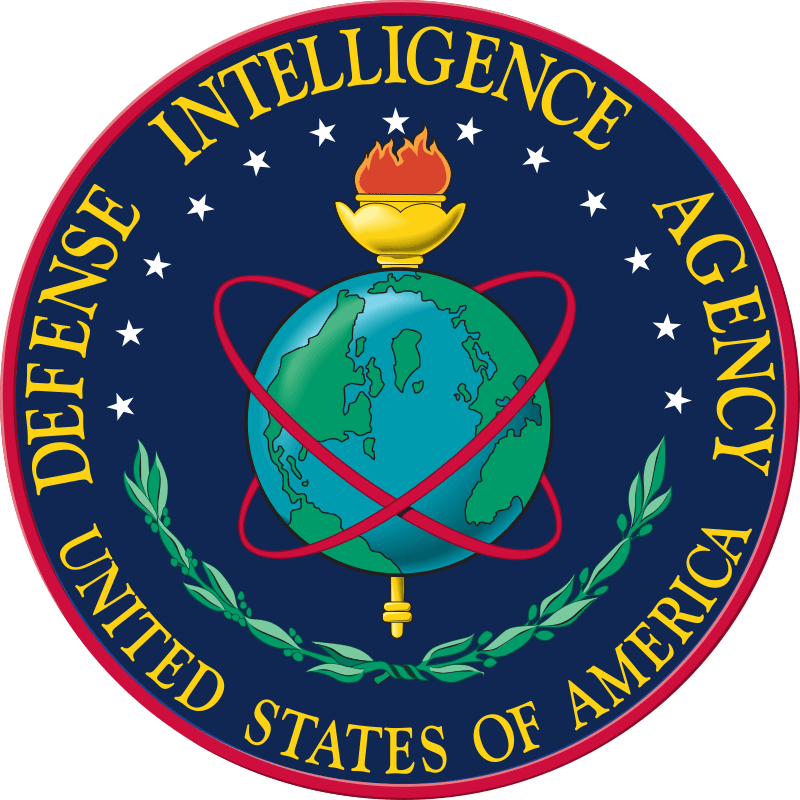
Soon, the Air Force assigned Hilliard to the cutting edge of Cold War intelligence: satellite reconnaissance. Working alongside Eastman Kodak, Hilliard helped develop cameras launched aboard Thor-Agena rockets — technological marvels that captured America’s first glimpses behind the Iron Curtain.
“I really enjoyed seeing the results when the film came back,” Hilliard admits. “It made you feel like all the work meant something.”
His work stood in quiet contrast to contemporaries like Francis Gary Powers, the U-2 pilot from Wise County, Virginia, whose 1960 capture over the Soviet Union nearly sparked global crisis. While Powers soared at 70,000 feet, Hilliard’s satellites floated in the void above, serving the exact cause: peace through vigilance.
Negotiating with the enemy
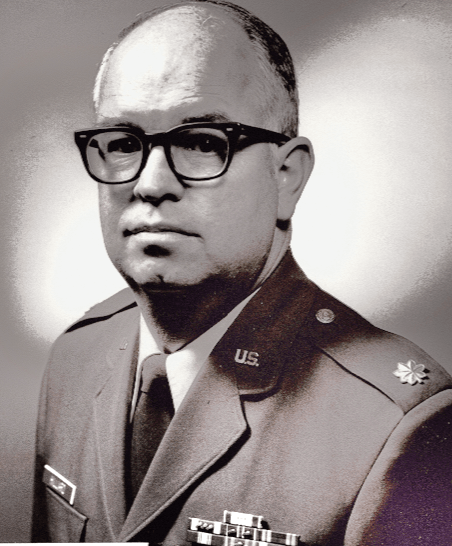
In 1971, Hilliard’s expertise led him to the forefront of geopolitics as part of America’s delegation to the Strategic Arms Limitation Talks (SALT). Negotiating with the Soviets was a delicate balance of speaking truthfully without revealing classified details, a challenge he met with preparation and honesty.
“Talking face-to-face with true communist leaders — it was hard at first,” Hilliard recalls. “How do you answer their questions honestly without giving classified details?” His solution was preparation. “If you get caught in a lie, your credibility is gone.”
The lessons learned at VMI once again served him well: discipline, honor and moral clarity in a world of shadows.
Preserving the past, inspiring the future
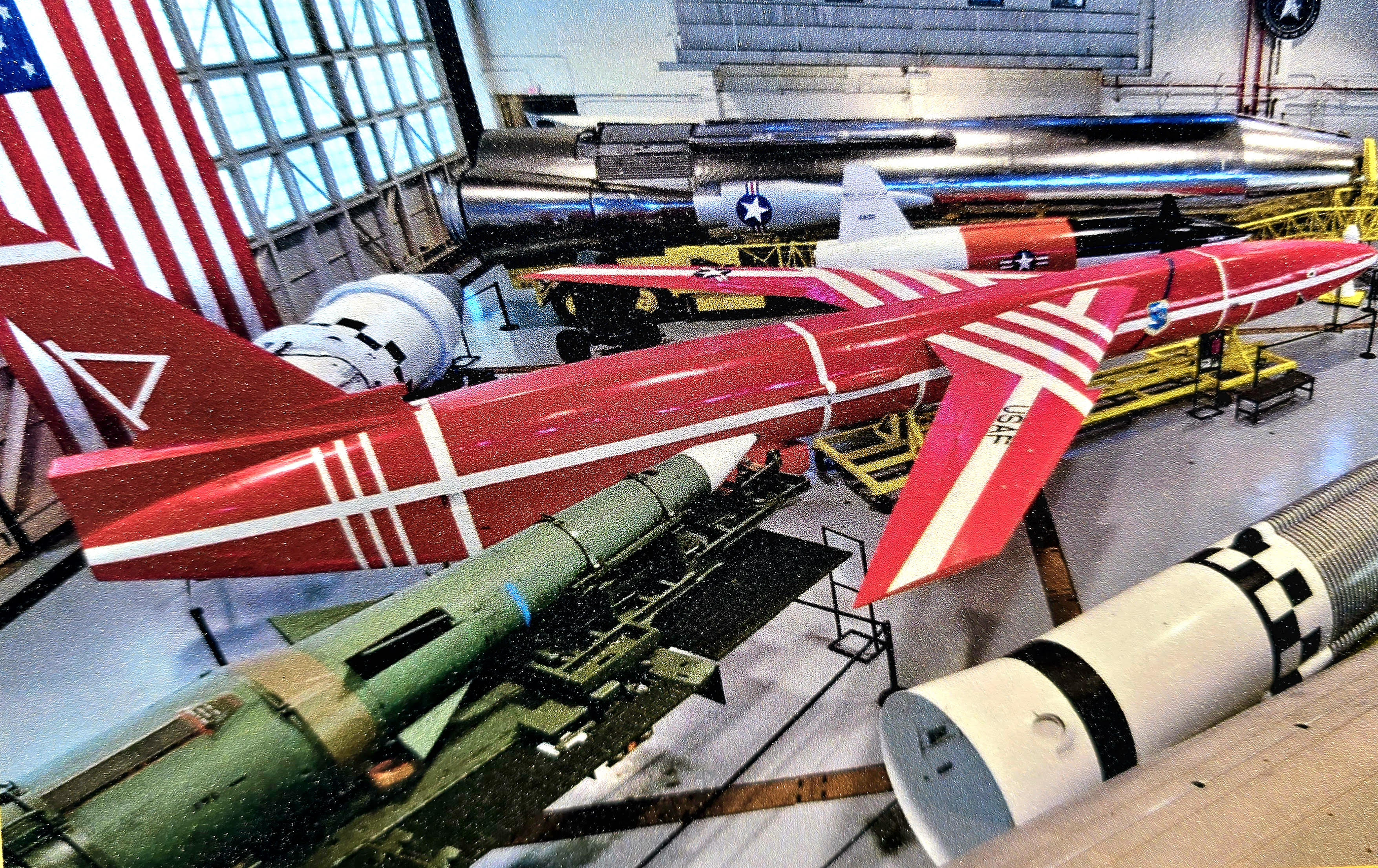
Hilliard retired as an Air Force colonel in 1983 and entered the private sector, rising to vice president of space systems at Analytic Services Inc. But retirement offered him a mission no less vital. Settling back in Florida, he began a personal odyssey to preserve America’s spacefaring legacy, a mission that we should all be grateful for.
At Cape Canaveral, Hilliard became a volunteer docent at the U.S. Space Force Museum and a Space Launch Delta 45 public affairs volunteer. At home, he launched his most ambitious project yet: compiling a photographic archive of every missile launch from Cape Canaveral and Vandenberg Air Force Base.
“I’m trying to get a picture of every launch,” he says, his voice tinged with quiet pride. His meticulously organized collection — over 50, 4-inch binders stuffed with thousands of photos — captures everything from Apollo moonshots to obscure missile tests.
Heidi Hunt, the 45th Delta Space Force public affairs community engagement chief at Patrick Space Force Base and Cape Canaveral Space Force Station, marvels at his dedication: “I have seen firsthand John’s perfectly organized collection of detailed launch documentation. His efforts are important because they preserve American and military history … for now and future generations.”
A legacy of quiet brilliance
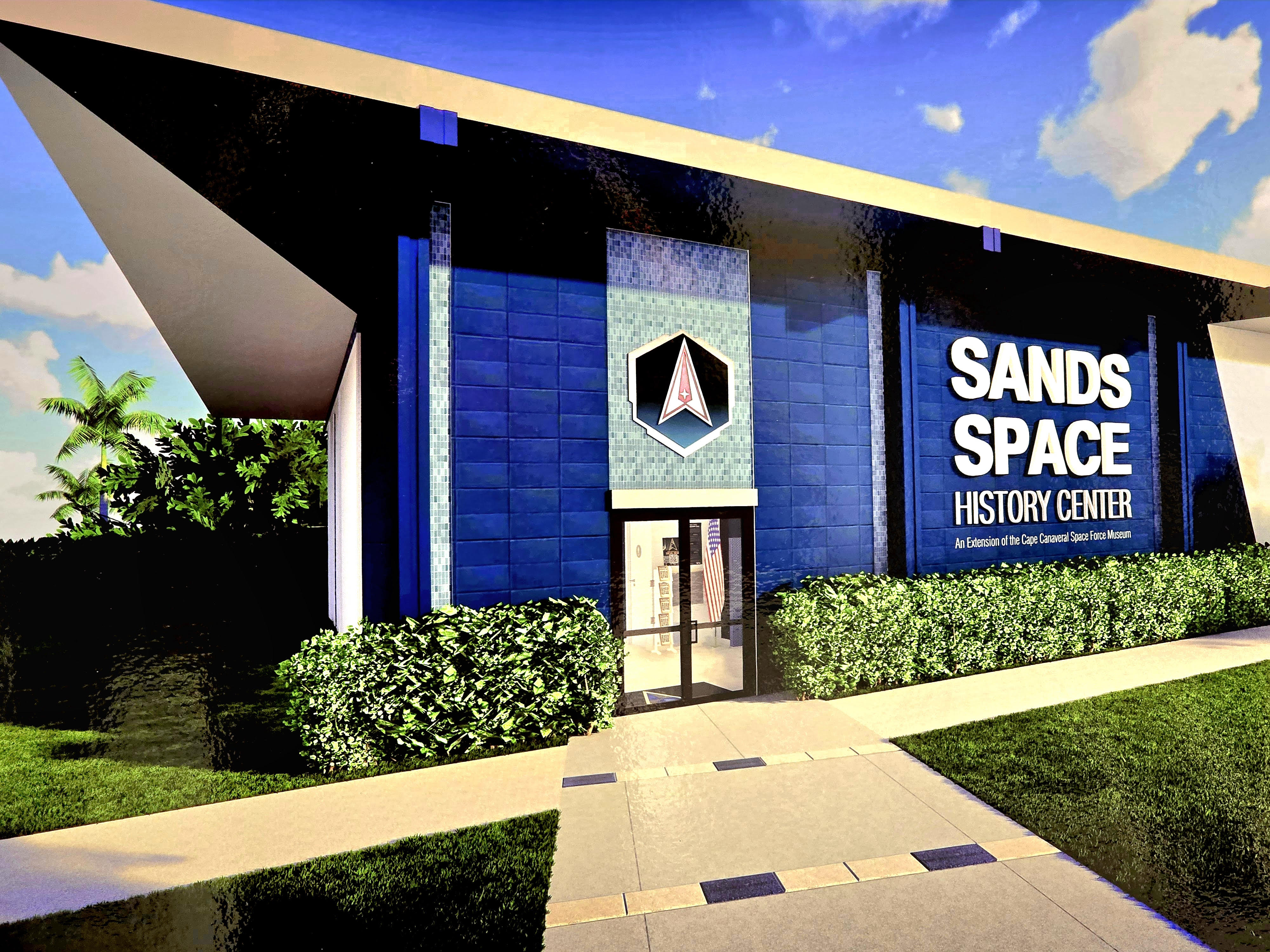
For Diane Manahan, a longtime U.S. Space Force Museum colleague, Hilliard’s brilliance is unmistakable. She describes him as possessing “sizzling intelligence” and praises the countless hours he dedicates in retirement to expanding public knowledge of rocket launches.
What binds together Hilliard’s life — VMI, the Air Force, the missile silos, the camera systems, the diplomatic negotiations — isn’t just technical mastery. It’s character.
“Always tell the truth, even if it hurts. Keep your room clean, always,” Hilliard offers with a chuckle. It’s advice half in jest, but every word rings with the wisdom of a life well-lived.
A legacy that endures
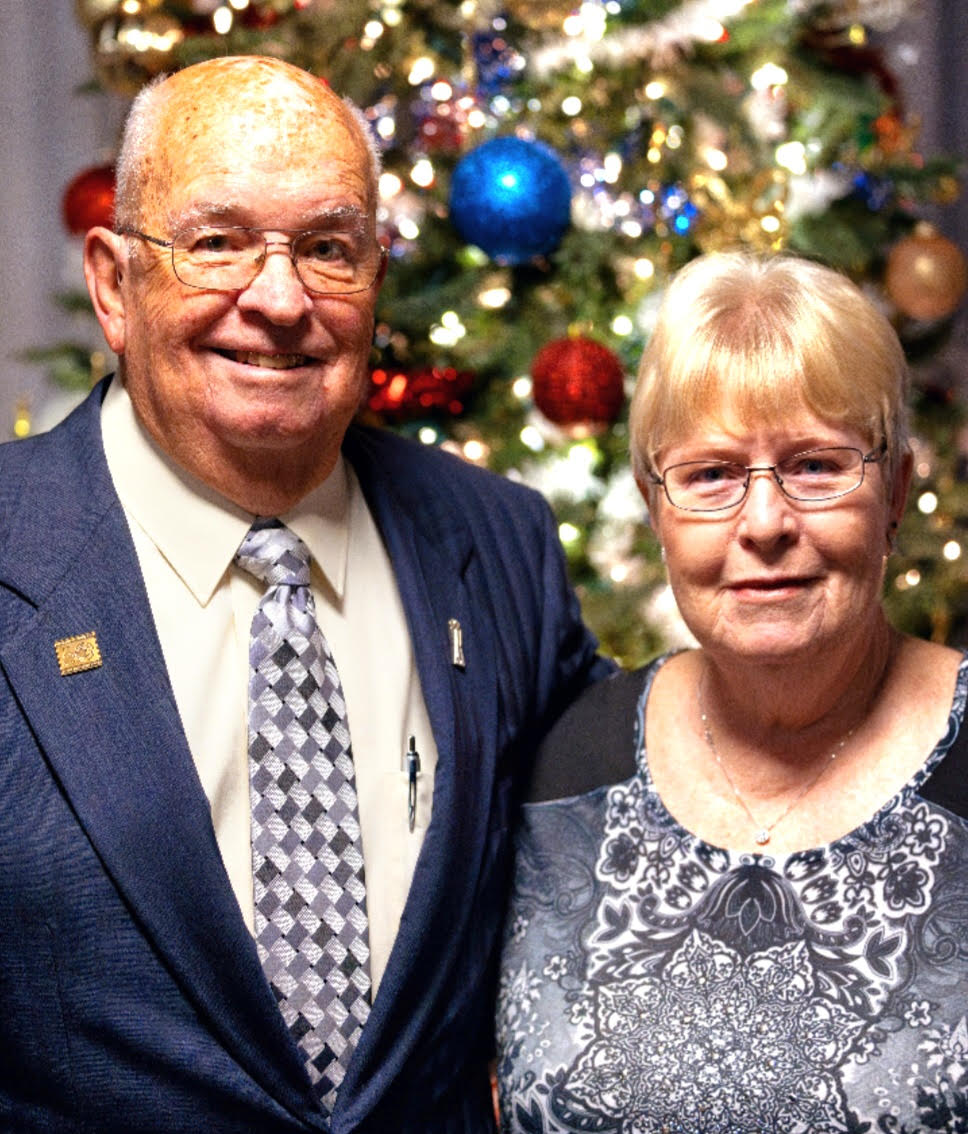
In Wise County, where Francis Gary Powers once dreamed of the skies, and in Lexington, where cadets still march under the Virginia sun, John R. Hilliard’s name may not be widely known. But his life’s work stands quietly alongside the greats.
Powers and Hilliard embodied a particular Virginian spirit — disciplined, duty-bound, and unflinching when history called. One soared in the cockpit while the other worked in the quiet glow of computer screens and diplomatic conference tables. Their nexus in time was from dependence upon the U-2 to remote sensing satellites. Both remind us that the Cold War was not won by bluster but by steady hands and unyielding resolve.
Today, if you wander Cape Canaveral and meet John R. Hilliard, you won’t just hear a lecture on rockets. You’ll get a master class in character, honor, and the quiet power of a well-lived life.
“History isn’t something you read in textbooks,” Hilliard says. “It’s something you live.” Thanks to him, future generations will remember how high we reached — and the steady hands that helped us soar.
Jack Kennedy is a multidecadal native of Wise County, having been a Virginia attorney, local and state elected official, and now a museum docent at the U.S. Space Force Museum at Cape Canaveral Station, Florida. Contact him at Jack@JackKennedy.net



